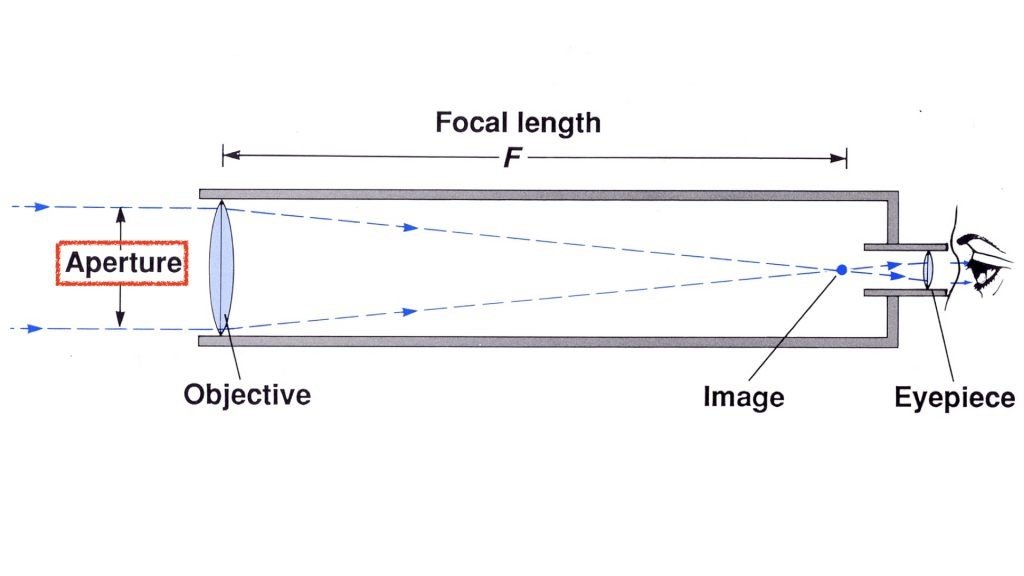Astrophotography is a fascinating hobby that combines the art of photography with the science of astronomy. Capturing the beauty of the night sky requires not only a good camera but also a good telescope for astrophotography. This comprehensive guide will help you understand what makes a telescope suitable for astrophotography and provide detailed recommendations to enhance your celestial imaging experience.

Understanding the Essentials of Astrophotography Telescopes
When selecting a telescope for astrophotography, it is important to consider several key features. These include aperture size, focal length, mount type, and additional accessories that can significantly impact the quality of your images.
Aperture Size
The aperture size determines how much light the telescope can gather. A larger aperture allows more light to enter, resulting in brighter and more detailed images. For astrophotography, an aperture size of at least 80mm is recommended, with larger apertures providing better performance for deep-sky objects.
Focal Length and Focal Ratio

The focal length of a telescope affects the field of view and magnification of your images. A longer focal length provides higher magnification, making it ideal for photographing planets and the moon. Conversely, a shorter focal length offers a wider field of view, which is beneficial for capturing expansive deep-sky objects like galaxies and nebulae. The focal ratio (f/ratio) is the focal length divided by the aperture. A lower f/ratio (f/4 to f/7) is preferred for astrophotography as it allows for shorter exposure times.
Mount Type

A stable and precise mount is crucial for astrophotography. There are two main types of mounts: altazimuth and equatorial. While altazimuth mounts are simpler and more affordable, equatorial mounts are better suited for astrophotography due to their ability to track celestial objects accurately. An equatorial mount, particularly one with a motorized drive, compensates for the Earth‘s rotation, allowing for longer exposure times without star trails.
Good telescope for astrophotography
Celestron NexStar 8SE

The Celestron NexStar 8SE is a popular choice for astrophotographers due to its impressive 8-inch aperture and computerized GoTo mount. The large aperture allows for detailed images of planets, the moon, and deep-sky objects. The GoTo system makes locating and tracking celestial objects effortless, enhancing the overall astrophotography experience. Its relatively compact size and portability make it suitable for both home and field use.
Sky-Watcher ProED 80mm Doublet APO Refractor Telescope
The Sky-Watcher ProED 80mm Doublet APO Refractor Telescope is renowned for its high-quality optics and excellent color correction, thanks to its apochromatic design. The 80mm aperture and f/7.5 focal ratio provide a good balance between light-gathering ability and wide-field imaging, making it ideal for capturing stunning images of star clusters, galaxies, and nebulae. The included dual-speed focuser ensures precise focusing, essential for sharp astrophotographs.

Orion 10″ f/3.9 Newtonian Astrograph Reflector Telescope

The Orion 10″ f/3.9 Newtonian Astrograph Reflector Telescope is designed specifically for astrophotography. Its large 10-inch aperture and fast f/3.9 focal ratio allow for detailed and bright images of deep-sky objects. The telescope’s sturdy construction and precise 2-inch dual-speed Crayford focuser make it a reliable choice for serious astrophotographers. However, due to its size, it is best suited for a permanent setup or observatory use.
Essential Accessories for Astrophotography
To maximize your astrophotography experience, consider investing in essential accessories that enhance the performance and usability of your telescope.
Field Flattener

A field flattener is crucial for refractor telescopes as it corrects the curvature of the field, ensuring sharp and crisp images across the entire frame. This accessory is particularly important for wide-field astrophotography.
Autoguider
An autoguider helps maintain precise tracking during long exposure shots by automatically correcting any tracking errors. This device is essential for capturing detailed images of faint deep-sky objects without star trails.
Filters
Filters can significantly enhance the quality of your astrophotographs. A light pollution filter reduces the effects of artificial lighting, while specific filters like H-alpha, OIII, and SII narrowband filters allow for capturing stunning details in nebulae and other emission objects.
Camera Adapter and T-Ring
To attach your camera to the telescope, you’ll need a camera adapter and a T-ring specific to your camera model. This setup allows for direct imaging through the telescope, ensuring optimal alignment and stability.

Tips for Successful Astrophotography
Plan Your Session
Planning is crucial for successful astrophotography. Use astronomy apps or software to determine the best times and locations for capturing your desired objects. Pay attention to the moon phase and weather conditions, as clear, dark skies are essential for high-quality images.
Polar Alignment

Accurate polar alignment is essential for equatorial mounts. Proper alignment ensures that the mount can track celestial objects precisely, allowing for longer exposure times without star trails. Many modern mounts come with built-in polar alignment tools to simplify this process.
Use Appropriate Exposure Settings
Experiment with different exposure settings to find the optimal balance between capturing enough light and avoiding overexposure. Start with shorter exposures and gradually increase the time, adjusting the ISO and aperture settings on your camera accordingly.
Post-Processing
Post-processing is an integral part of astrophotography. Use software like Adobe Photoshop or specialized astrophotography software such as DeepSkyStacker to enhance your images. Techniques such as stacking, noise reduction, and color correction can significantly improve the final result.
Selecting a good telescope for astrophotography involves understanding the key features that affect image quality and choosing a model that suits your needs. The Celestron NexStar 8SE, Sky-Watcher ProED 80mm, and Orion 10″ f/3.9 Newtonian are excellent choices for astrophotographers of all levels. By investing in essential accessories and following our tips for successful astrophotography, you can capture breathtaking images of the night sky and explore the wonders of the cosmos.

